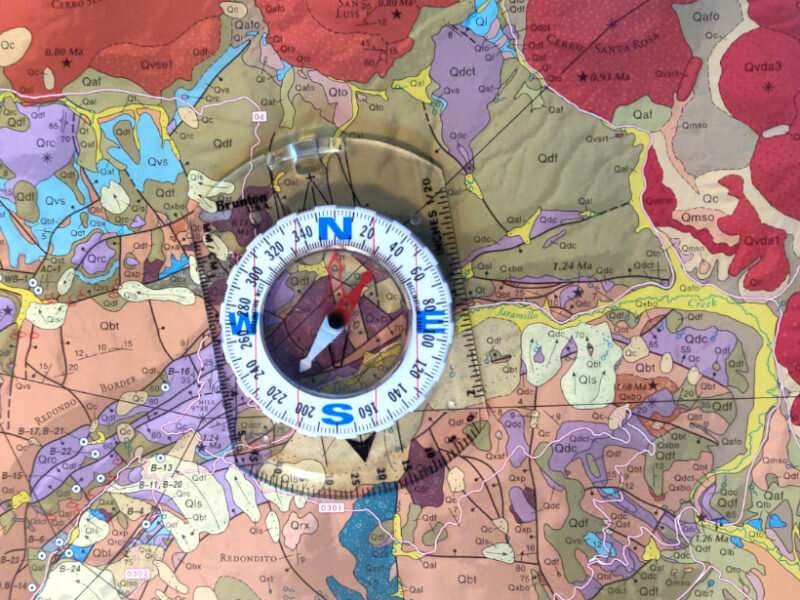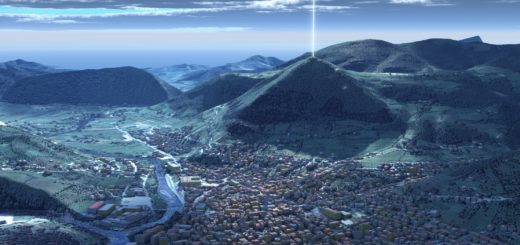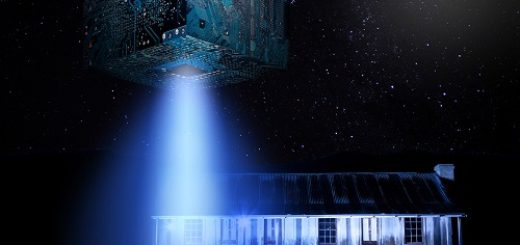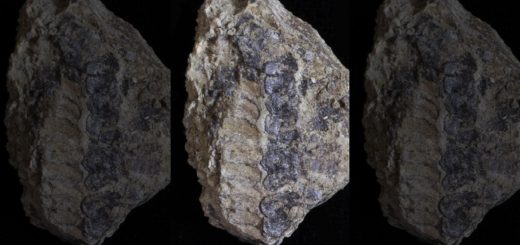Using cell phones as space weather vanes

Your smartphone may be able to sense space weather and even get a little disoriented by it, according to researchers, who tested how geomagnetic storms affect the magnetic sensors in cell phones. The new research suggests that apps being developed to use cell phone magnetometers to pinpoint locations could be susceptible to space weather errors. On the other hand, millions of phones sensing changes in Earth’s magnetic field could potentially create a vast observatory to help scientists understand these geomagnetic storms.
Cell phone magnetometer chips are being explored as a backup for GPS, which uses satellite signals to triangulate location and thus is often inaccurate or unavailable in places where signals can’t penetrate, such as inside large buildings or underground.
“Smartphone magnetometers are being commercially explored for applications as diverse as locating customers in shopping malls for targeted advertising, to precision needle-guided surgery,” wrote Sten Odenwald, of NASA’s Space Science Education Consortium at Goddard Space Flight Center in Maryland, in Space Weather.
But there’s a catch. Geomagnetic storms can buffet and temporarily alter the shape of Earth’s magnetic field. So, theoretically, they could degrade the accuracy of magnetometer chips. This degradation could be a problem if your target advertising hits in the wrong place or you’re performing needle-guided surgery and miss the mark.
To find out whether phones are susceptible to the vagaries of space weather, Odenwald tested the iPhone 6S, Samsung Galaxy Note 5, Samsung Galaxy S8, and Samsung Galaxy S9 in simulated geomagnetic storms. Simulated storms were needed, Odenwald said, because his research took place during the recent 11-year solar minimum, when the Sun could not be counted on to provide very much in the way of sunspots and coronal mass ejections that can create significant geomagnetic storms on Earth.
In lieu of the Sun’s cooperation, Odenwald used magnetic data from the powerful Halloween storms of 2003 and essentially ran the storms on the phones to see whether their magnetic signals would rise above the level of background noise. He also simulated the storms more directly by putting the phones into controlled magnetic fields.
Odenwald found that smartphone magnetometers are capable of detecting the very small magnetic field changes that accompany the strongest geomagnetic storms, especially at higher latitudes in North America, where magnetic field lines converge and dip earthward as they near the magnetic north pole. Under certain circumstances, he concluded, geomagnetic storms could be a significant source of error in compass and other positioning apps. But he also noted that the ubiquity of smartphones and their magnetometers presents an unprecedented opportunity for studying global changes in the geomagnetic field during significant solar storm events.



 Creators of mankind
Creators of mankind Description of “Tall white aliens”
Description of “Tall white aliens” Where they came from?
Where they came from? About hostile civilizations
About hostile civilizations The war for the Earth
The war for the Earth “Tall white aliens” about eternal life
“Tall white aliens” about eternal life Video: “Nordic aliens”
Video: “Nordic aliens” Aliens
Aliens Alien encounters
Alien encounters The aliens base
The aliens base UFO
UFO Technology UFO
Technology UFO Underground civilization
Underground civilization Ancient alien artifacts
Ancient alien artifacts Military and UFO
Military and UFO Mysteries and hypotheses
Mysteries and hypotheses Scientific facts
Scientific facts


















